Matthew Smith [Inconnu(e)] - Hyperactive: The Controversial History of ADHD
Here you can read online Matthew Smith [Inconnu(e)] - Hyperactive: The Controversial History of ADHD full text of the book (entire story) in english for free. Download pdf and epub, get meaning, cover and reviews about this ebook. year: 2012, publisher: Reaktion Books, genre: Religion. Description of the work, (preface) as well as reviews are available. Best literature library LitArk.com created for fans of good reading and offers a wide selection of genres:
Romance novel
Science fiction
Adventure
Detective
Science
History
Home and family
Prose
Art
Politics
Computer
Non-fiction
Religion
Business
Children
Humor
Choose a favorite category and find really read worthwhile books. Enjoy immersion in the world of imagination, feel the emotions of the characters or learn something new for yourself, make an fascinating discovery.
- Book:Hyperactive: The Controversial History of ADHD
- Author:
- Publisher:Reaktion Books
- Genre:
- Year:2012
- Rating:3 / 5
- Favourites:Add to favourites
- Your mark:
Hyperactive: The Controversial History of ADHD: summary, description and annotation
We offer to read an annotation, description, summary or preface (depends on what the author of the book "Hyperactive: The Controversial History of ADHD" wrote himself). If you haven't found the necessary information about the book — write in the comments, we will try to find it.
Attention deficit hyperactivity disorder, or ADHD, is one of the most common developmental disorders with an average of 9 per cent of children between the ages of five and seventeen diagnosed per year in the USA. It is also one of the most controversial. Since the 1950s, when hyperactivity in children was first diagnosed, psychiatrists, educators, parents and politicians have debated the causes, treatment and implications of the disorder.Hyperactive: A History of ADHD is the first history of the disorder. Matthew Smith highlights the limitations of regarding ADHD as simply neurological, and contends that hyperactive children are also a product of their social, cultural, political and educational environment. Instead of simply accepting conventional understandings of ADHD, this book addresses the questions central to the emergence of the disorder: Why were children first diagnosed with the disorder? Why did biological explanations become predominant? Why did powerful drugs become the preferred treatment? And why have alternative explanations failed to achieve legitimacy? By thinking through these issues Smith demonstrates how knowledge of the disorders history can be used to empower those affected to make better choices about diagnosis and treatment.As a historian with past experience of working with troubled children and youth, Matthew Smith offers a history that is not only rigorous, but also accessible and highly relevant to those working with and caring for those diagnosed with ADHD. A revealing and clear-headed study of a controversial and emotive subject, this is an essential book for psychologists, teachers, policy makers and, above all, parents.
**
ReviewMatthew Smith persuasively demonstrates the historical contingency of our ideas about hyperactivity. Well written, complex yet sharply argued, this book is a sorely needed corrective to todays therapeutic common sense and the ocean of pharmaceuticals it sanctions.
(David Herzberg, University at Buffalo (SUNY))
As Matthew Smith demonstrates in this excellent study, there is arguably no more contentious childhood condition than hyperactivity or ADHD. Since the term was first introduced in the decades following the Second World War, hyperactivity has been variably explained in terms of genetic constitution, faulty parenting, an inability to cope with the pace and pressure of modern life, and increased sensitivity to food additives. Hyperactive explores debates about the biological, social and cultural contours of a condition that continues to puzzle doctors, frustrate teachers, and destroy families. It will surely be of value not only to historians of medicine, but also to the parents, teachers, psychiatrists and policy-makers involved in the daily struggle to cope with hyperactive children.
(Mark Jackson, University of Exeter)
Matthew Smith contributes a highly engaging and important historical perspective to the alleged epidemic in hyperactivity. His book is a masterfully written account that challenges us to think critically about how our modern culture has given rise to a sub-population of children with allegedly disruptive behaviours. At the core of this book Smith boldly asks whether such actions deserve to be better treated or simply better understood.
(Erika Dyck, University of Saskatchewan)
Matthew Smith dramatically presents the tangled history of a highly conflicted topic, perceptively examining pertinent biological, psychological, and social theories, professional authority, and pharmaceutical marketing, in the light of the day-to-day realities faced by schools, physicians, parents, and children labeled as hyperactive. For anyone personally or professionally concerned with ADHD, this book demonstrates how critically important it is for us to understand the issue in its historical context.
(Rima D. Apple, University of Wisconsin-Madison)
Hyperactive is a well-researched, well-organized, and well-written history of the development of the highly variable perception, understanding, and treatment of attention deficit hyperactivity disorder. Smith provides a logically strong argument for considering ADHD as a highly complex disorder arising from a number of contributing variables. . . . The authors critical analysis and global view and interpretationall free of any discernible biasmake his arguments compelling. . . . What makes this work outstanding is its readability and continuity of story line. . . . Essential.
(Choice)
About the AuthorMatthew Smith is a lecturer and Wellcome Trust research fellow at the University of Strathclyde, Glasgow, Scotland.
Matthew Smith [Inconnu(e)]: author's other books
Who wrote Hyperactive: The Controversial History of ADHD? Find out the surname, the name of the author of the book and a list of all author's works by series.

![Matthew Smith [Inconnu(e)] Hyperactive: The Controversial History of ADHD](/uploads/posts/book/128888/thumbs/matthew-smith-inconnu-e-hyperactive-the.jpg)



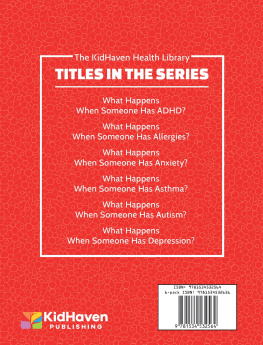
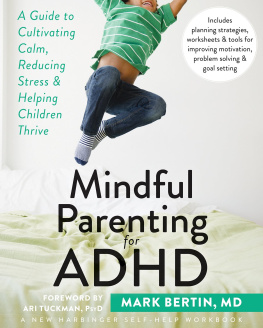

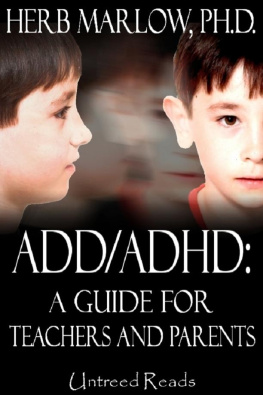
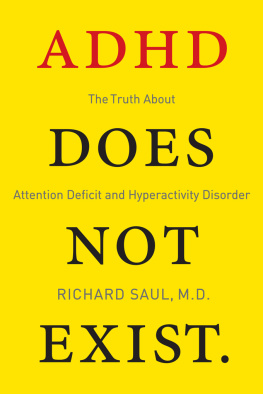
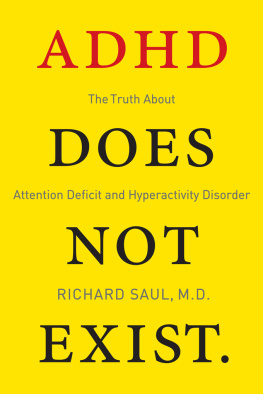


 h y p e r a c t i v e HYPERACTIVE THE CONTROVERSIAL HISTORY OF ADHD Matthew Smith reaktion books To my mother, who always stuck up for me, and to Dashiell, who bounced his way through the writing of this book Published by Reaktion Books Ltd 33 Great Sutton Street London ec1v 0dx, uk www.reaktionbooks.co.uk First published 2012 Copyright Matthew Smith 2012 All rights reserved No part of this publication may be reproduced, stored in a retrieval system, or transmitted, in any form or by any means, electronic, mechanical, photocopying, recording or otherwise, without the prior permission of the publishers. Printed and bound in Great Britain by TJ International, Padstow, Cornwall British Library Cataloguing in Publication Data Smith, Matthew, 1973 Hyperactive : the controversial history of ADHD 1. Attention-deficit hyperactivity disorder History. 2. Attention-deficit hyperactivity disorder Etiology. 3.
h y p e r a c t i v e HYPERACTIVE THE CONTROVERSIAL HISTORY OF ADHD Matthew Smith reaktion books To my mother, who always stuck up for me, and to Dashiell, who bounced his way through the writing of this book Published by Reaktion Books Ltd 33 Great Sutton Street London ec1v 0dx, uk www.reaktionbooks.co.uk First published 2012 Copyright Matthew Smith 2012 All rights reserved No part of this publication may be reproduced, stored in a retrieval system, or transmitted, in any form or by any means, electronic, mechanical, photocopying, recording or otherwise, without the prior permission of the publishers. Printed and bound in Great Britain by TJ International, Padstow, Cornwall British Library Cataloguing in Publication Data Smith, Matthew, 1973 Hyperactive : the controversial history of ADHD 1. Attention-deficit hyperactivity disorder History. 2. Attention-deficit hyperactivity disorder Etiology. 3.